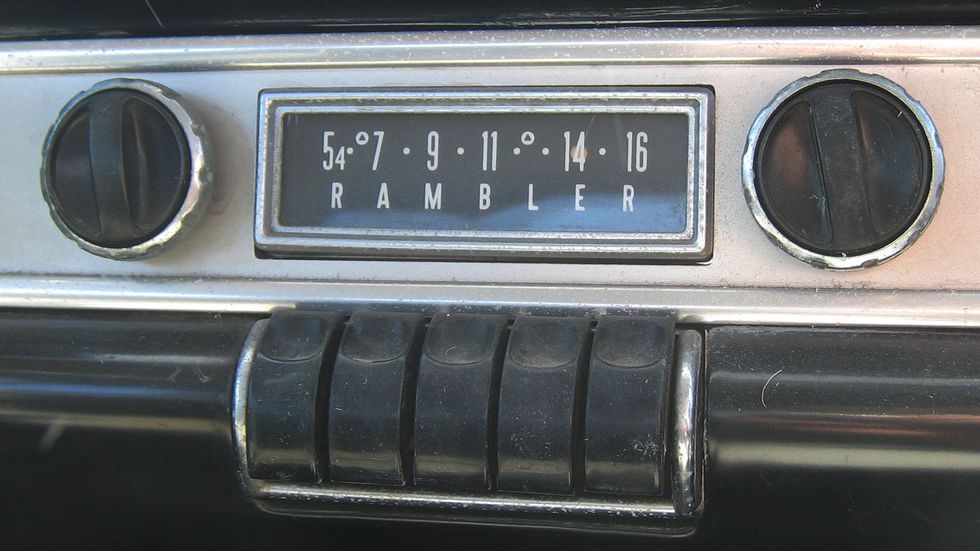A Time for Days of Different Labor
September 8, 2021
The purpose of Labor Day is often lost to picnics, sales, and soaking up the sun. It’s understandable. The late nineteenth-century worker unrest that led to the holiday is long forgotten, and the militant labor movements that enflamed the 1900s have burned out. But this year’s hot dogs, new cars, and final swims were accompanied by a new version of worker unrest reignited out of the ashes of the original.
Photo credit: History.com, Bettman Archive/Getty Images
The holiday started small in 1882 with a New York City parade organized by laborers. It grew organically across the country before it became a federal holiday in 1894. The day is intended to recognize American labor and honor the achievements of the country’s workers.
The original labor movement grew out of unrest over wages and safety conditions. Workers fought to stay alive and earn enough money to keep their families from starving. From dawn till dusk, men risked their lives mining coal, felling trees, trolling stormy seas for fish, and manufacturing steel. Women and children toiled in textile mills and factories. Jobs and promotions became available not when someone was elevated to a higher position or quit but when someone got severely injured or killed. Violent strikes, unionization, and increased pressure on employers and the government led to eight-hour workdays, safer working conditions, and enough money to buy food and clothes, not one or the other. Workers struggled, fought, and died to lay the foundation for today's wages, working conditions, and benefits.
I recently read Karl Marlantes's book, Deep River.
A work of fiction, it’s set against the backdrop of the true-life labor movements of the early 1900s. Karl’s characters are Pacific Northwest immigrant loggers, fishermen, farmers, tradesmen, and the women who struggled and labored alongside them. Through Marlantes's prose, we learn about their battles to survive. It was a collective effort with groups bonded together by politics, families, nationality, employers, trades, and geography. It is a story about faith and endurance, the compromise of beliefs in exchange for a meager wage, and the surrender of dreams to the reality of survival.
The labor movement all but disappeared as wages and conditions improved, and the country’s economy evolved to allow for individuals' financial and personal success. Now it’s returned and gaining strength. This time, not as an organized force but a combined power of seemingly disconnected individual actions.
The pandemic prompted people to rethink how, where, when, and if
they work. People were figuratively locked in their homes, struggling to balance work with family. Many lost their jobs and, for a variety of reasons, are finding it difficult to find another. Industries and professions were torn apart by the effects of the coronavirus. As a result, many are reconsidering what they do for a living and why they do it. A Washington Post
piece
calls it the “great reassessment of work.” Individual circumstances differ, but there’s a common question that binds workers together. What do I genuinely want to do with my life, job, or career, and how can I accomplish it?
The early labor movement crippled employers with work stoppages and strikes. The current movement is hobbling employers through resignations, retirements, and refusals to answer their calls for candidates. Twentieth-century employers had to adapt and learn how to engage with the workforce. To survive and succeed, twenty-first-century employers will need to adapt and learn to re-engage with theirs.
One of my college professors shared this gem of advice with his students regarding future careers: “Always be bigger than job.” He explained that true freedom and happiness meant never becoming so financially and emotionally dependent on an employer that it is impossible to quit.
It’s hard to imagine violent uprisings. It’s not hard to imagine people who have become comfortable connecting with strangers in online game rooms and social media platforms will band together to create their own labor unions or respond to the calls of the unions that remain.
Many of today’s workers have grown bigger than their jobs. Will employers shrink their compulsion to oversee and control to accommodate them?
I think it’s labor’s day.
Like what you read?
Subscribe to my mailing list and get notifications to your inbox when my next blog post goes live.
Contact Us
More By Joe



